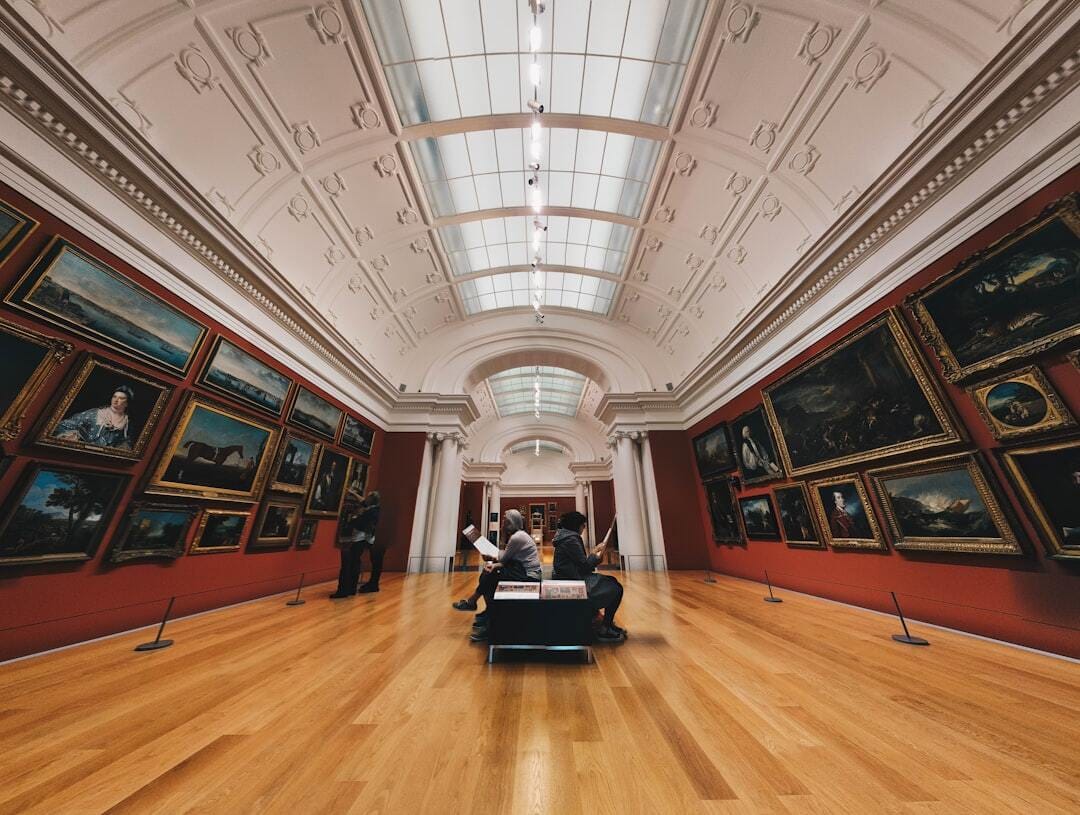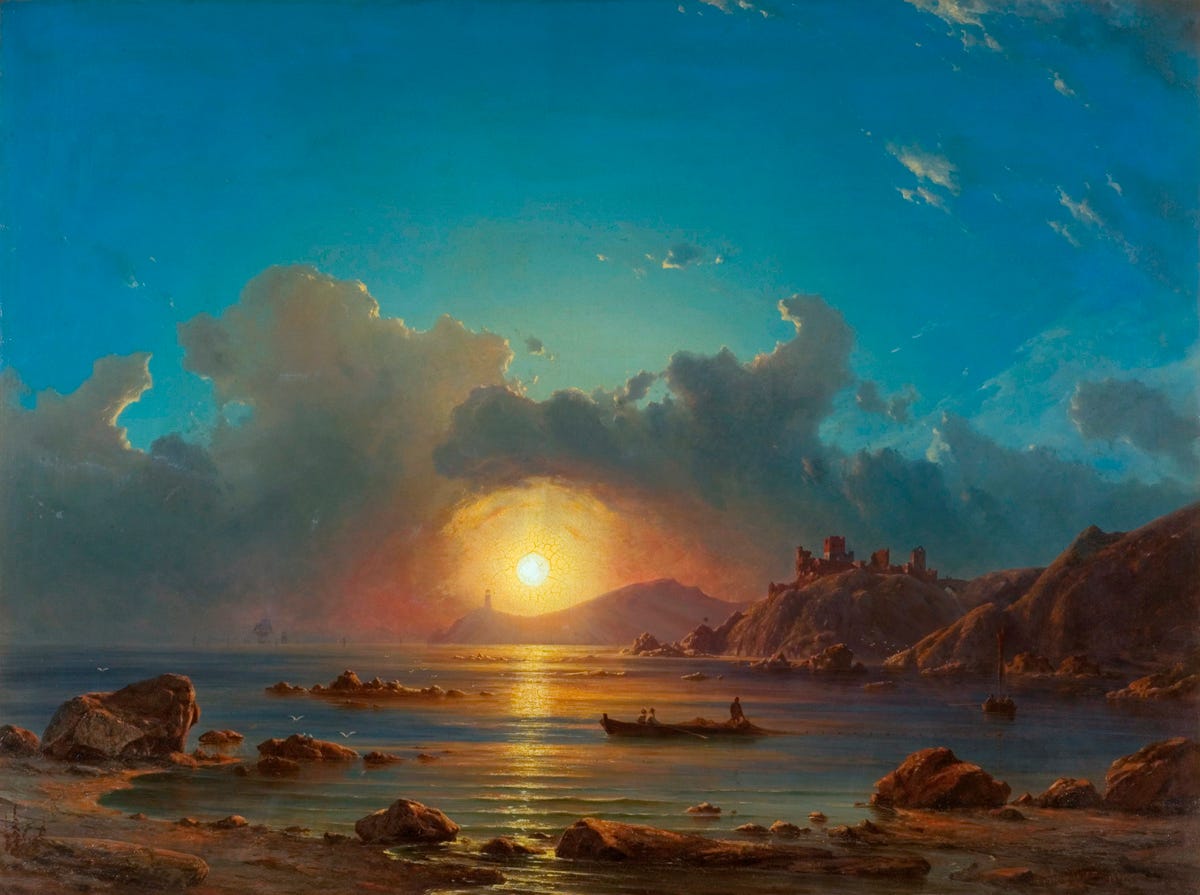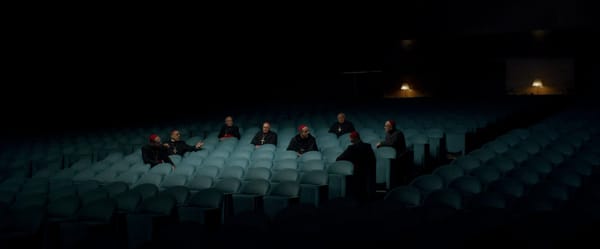How to find meaning in art
And why you don't have to

Do you ever stare blankly at a piece of art and think to yourself: “I don’t get it”?
I’m sure I’m not the only one who walks into an art museum or gallery and wonders whether everyone around me is seeing something I don’t or simply pretending to see something I don’t. I’ve only recently learned how to enjoy museum and gallery experiences and it’s because of letting go of the expectation that I’m meant to know what’s going on.

There’s this perception that visual art — whether in the form of a painted canvas, a mounted photograph, or a sculpture — holds a single meaning that’s supposed to announce itself to us like some sort of creative revelation. But what I’ve realised about understanding art is that it’s not about understanding at all. In fact, like with reading a book, there’s no one way to look at art.
We bring to our encounters with art our unique backgrounds, knowledge, and perspectives that shape our perceptions of what is on the surface a single artwork. Often it’s those parts of ourselves that lead us to be drawn to certain pieces. So what is it about the colours, the subject matter, or style that makes you want to stare a bit longer?
The interests you already have can be a helpful door to building a connection with visual art. For example, if you follow this newsletter, it’s likely that you enjoy or — dare I say — love literature. And the toolbox of literary knowledge and history you might have can be a kind of personal tour through galleries.
When I visited London’s Victoria and Albert Museum for the first time, I was overwhelmed by the size of the place and the countless number of objects it holds within its walls. But instead of trying to take in every single artwork, I skimmed the museum labels to find words that intrigued me and that could point me towards pieces about subjects or themes I was already curious about.
One of those words was “sublime”, a central concept of 19th-century creative expression that’s often associated with Shelley’s Frankenstein, Milton’s Paradise Lost, and Wordsworth’s poetry. With these writers in mind, I hovered around the gallery room until this sunset caught my eye:

I was struck by how the landscape captures the awe and overwhelm we feel when facing nature’s immensity and our human insignificance within it. But, at the same time, I just looked at those colours — the way the sun strikes the water in shades of red and orange, the softness of the mountains against that light — and thought, “Wow, I love sunsets”.
Finding meaning in art doesn’t have to be about figuring out what an artist is trying to tell you, it can simply be about allowing your interests to have conversations with each other. Sometimes the enjoyment of art means opening ourselves up to the uncertainty, the confusion, and perhaps even the frustration it raises in us.
If you’re finding any value, joy, or comfort from The Kulturalist, consider supporting my work at the button below. Every contribution helps to keep the words coming. Thank you for being here!
If you enjoyed this post, you might like this one about unlearning misperceptions about modern art:







